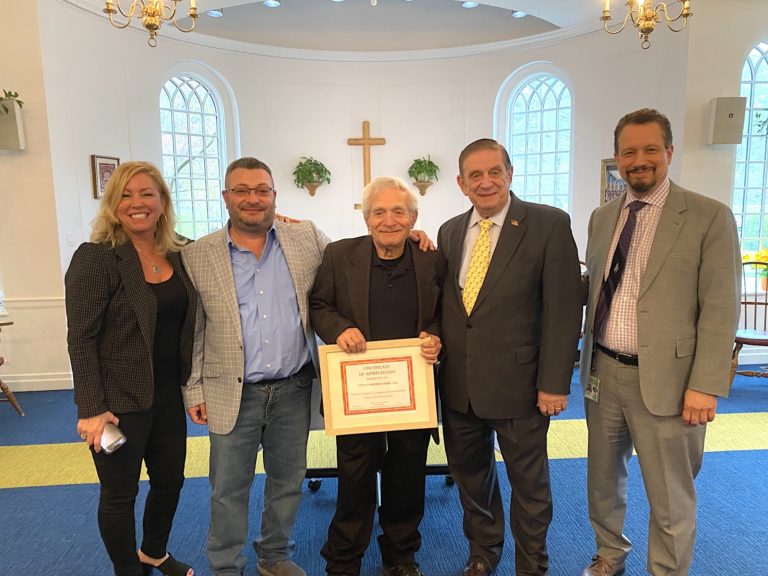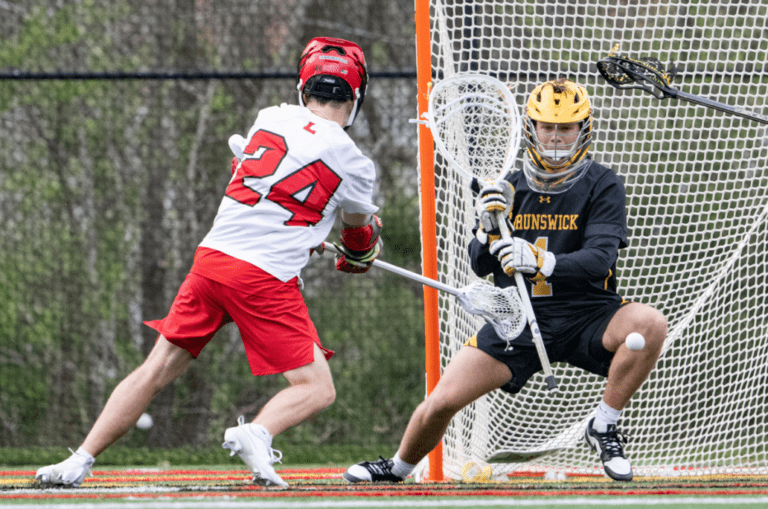
The recent ceiling collapse at the North Mianus School has brought into focus the need to examine how our town facilities are maintained. When the fire department responded to a sprinkler alarm, they found a collapsed ceiling and a burst pipe which had flooded the school, doing extensive damage and forcing students into remote learning for the foreseeable future.
The incident has caused many to ask questions about how a public building could be so poorly maintained for so lengthy a period of time that it caused a ceiling to collapse. This is not the first time something like this has happened. In 2018 a sink faucet at Cos Cob School broke, went undetected and caused extensive damage that required students to be bused to other schools for three months. Leaky pipes and poor maintenance have caused major infrastructure problems at public schools all over town for decades.
After a serious incident, as happened at North Mianus School, there is always lots of finger pointing. We are not interested in that. We believe that everyone involved – the School Administration, Board of Education, and Department of Public Works – is coming to the table with the best interests of students at heart. One of the biggest challenges they face is the extent to which deferred maintenance has accrued over the years, bringing us to a critical tipping point.
Another challenge is the lack of regularly scheduled internal inspections of these buildings. Annual inspection from top to bottom of all operating systems and structural safety should have identified the failing infrastructure before it collapsed. There are also no formalized year-over-year maintenance records. If the boiler breaks down in Cos Cob school (and we certainly hope it does not), there is no standardized documentation citing when it was replaced, repaired, or inspected. This is risk management 101. Standardized documentation, risk assessment, facility inspections, and regularly scheduled repairs prevent systemic infrastructure failures.
School construction projects are only getting bigger and more complex. We have all seen Cardinal Stadium changing as we drive down the Post Road. Decisions will have to be made about what to do with the aging Central Middle School – renovate, tear down, or build new? The proposed renovations of Julian Curtiss have sky-rocketed to $20 million, which seems very high to us. The price tag of building New Lebanon School a few years back was $30 million. There are many other capital projects on the horizon as well.
Something needs to change. We need to reexamine how maintenance and construction of the hundreds of millions of dollars of taxpayer funded assets is overseen in Greenwich. If these projects are getting bigger and more complex, we need to ensure we have the capability to properly manage them. We also need to ensure these projects are being completed in a fiscally responsible manner. After all, it is our taxes that are paying for these projects.
We are not ones who would often, or ever, call for expanding government, but it’s time to reconsider how the town manages the maintenance of its physical assets, especially our public schools. We need to create and implement a town-wide routine maintenance schedule, risk assessment evaluations, and standard practices for planning, making, and documenting repairs.
This Board of Estimate and Taxation must be brought into the loop not just on funding the projects, but for oversight on how best to finance and best practices for use of town resources. The annual review in place now should be upgraded to be improve transparency and increase the frequency of reporting periods.
Benjamin Franklin famously advised that an ounce of prevention is worth a pound of cure. It may not be exciting, but it is still an axiom well worth following.




